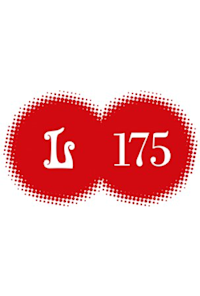

Madama Butterfly (Madame Butterfly), Puccini
Share
Madame Butterfly by Puccini, Tue 10 Dec 2024, From (2024/2024), Directed by Moshe Leiser, Patrice Caurier, Conductor Paolo Bortolameolli, Gran Teatre del Liceu, Barcelona, Spain
Viewing Cast and Crew for 10 Dec 2024
Producer
Conductor
Stage director
Cast
Cio-Cio-San

(2024 Dec 10, 14, 17, 21, 23, 28)
B.F. Pinkerton

(2024 Dec 10, 14, 17, 21, 28)
Suzuki

(2024 Dec 10, 14, 17, 21, 28)
Sharpless

(2024 Dec 10, 14, 17, 21, 28)
Goro

(2024 Dec 08, 10, 13, 15, 17, 21, 23, 28)
Lo zio Bonzo
(Uncle Bonze)
Il principe Yamadori
(Prince Yamadori)
Kate Pinkerton
Lo zio Yakusidé
(Uncle Yakusidé)
La zia
(The aunt)
La cugina
(The cousin)
Il Commissario imperiale
(The imperial commissioner)
L'Ufficiale del registro
(The official registrar)
La madre di Cio-Cio-San
(Cio-Cio San's mother)
Crew
Set designer
Costume designer
Lighting designer
Assistant Conductor
Ensemble
Co-Producer
Co-Producer
Learn more about composer
Learn more about work




